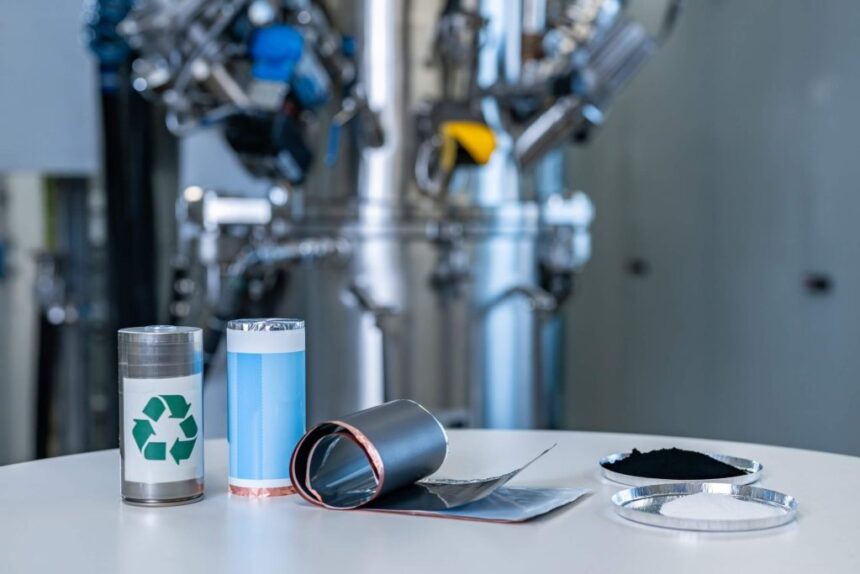Stanford University Study Shows Recycling Lithium-Ion Batteries Has Lower Environmental Impact Than Mining
Stanford University
A recent study conducted by Stanford University has revealed that recycling lithium-ion batteries to recover critical metals is more environmentally friendly than mining virgin metals. The research, published in Nature Communications, highlights the significant benefits of recycling in terms of reducing greenhouse gas emissions, water usage, and energy consumption compared to traditional mining methods.
Recyclers obtain materials from two main sources: defective scrap material from battery manufacturers and “dead” batteries collected from various workplaces. The recycling process involves extracting lithium, nickel, cobalt, copper, manganese, and aluminum from these sources.
The lifecycle analysis conducted by the study found that the recycling process emits less than half the greenhouse gases of conventional mining and refinement, using about one-fourth of the water and energy. The environmental advantages are even more pronounced for the scrap stream, which accounts for about 90% of the recycled supply studied.
According to William Tarpeh, assistant professor of chemical engineering at Stanford and the study’s senior author, the findings suggest that the future of battery recycling can be optimized to maximize environmental benefits.
Location and Energy Source
The environmental impact of battery recycling is heavily influenced by the location of the processing facility and its electricity source. Facilities located in regions with cleaner energy sources, such as hydropower, geothermal, and solar, exhibit greater climate advantages. However, concerns about fresh-water shortages in these regions also need to be addressed.
Most of the data for battery recycling in the study came from Redwood Materials in Nevada, which benefits from the cleaner energy mix in the western U.S. region. Transportation is another crucial factor, with the study highlighting the significant transport distances involved in traditional mining and refining processes compared to battery recycling.
Innovative Processes
Redwood Materials has patented a process called “reductive calcination,” which operates at lower temperatures, reduces energy consumption, and yields more lithium than conventional methods. This innovative approach to battery recycling demonstrates the potential for more efficient and sustainable practices in the industry.
Xi Chen, a postdoctoral scholar at Stanford and lead author of the study, emphasized the importance of incorporating research findings into more efficient recycling practices. The study aims to inform the scale-up of battery recycling companies and promote the adoption of environmentally friendly processes.
Future Outlook
Despite the growth of industrial-scale battery recycling, there is still a need for accelerated progress in the industry. With the forecasted depletion of new cobalt, nickel, and lithium resources in the next decade, the urgency to develop a robust recycling system is evident.
While the U.S. currently recycles about 50% of available lithium-ion batteries, there is a significant opportunity to increase recycling rates and reduce environmental impact. Tarpeh emphasizes the importance of designing a sustainable recycling system today to meet the demands of the future.
As the industry looks towards a future with a higher supply of used batteries, the integration of recyclability in battery design and manufacturing processes will be crucial. By prioritizing environmental sustainability in the production and recycling of batteries, the industry can work towards a more sustainable and resource-efficient future.







